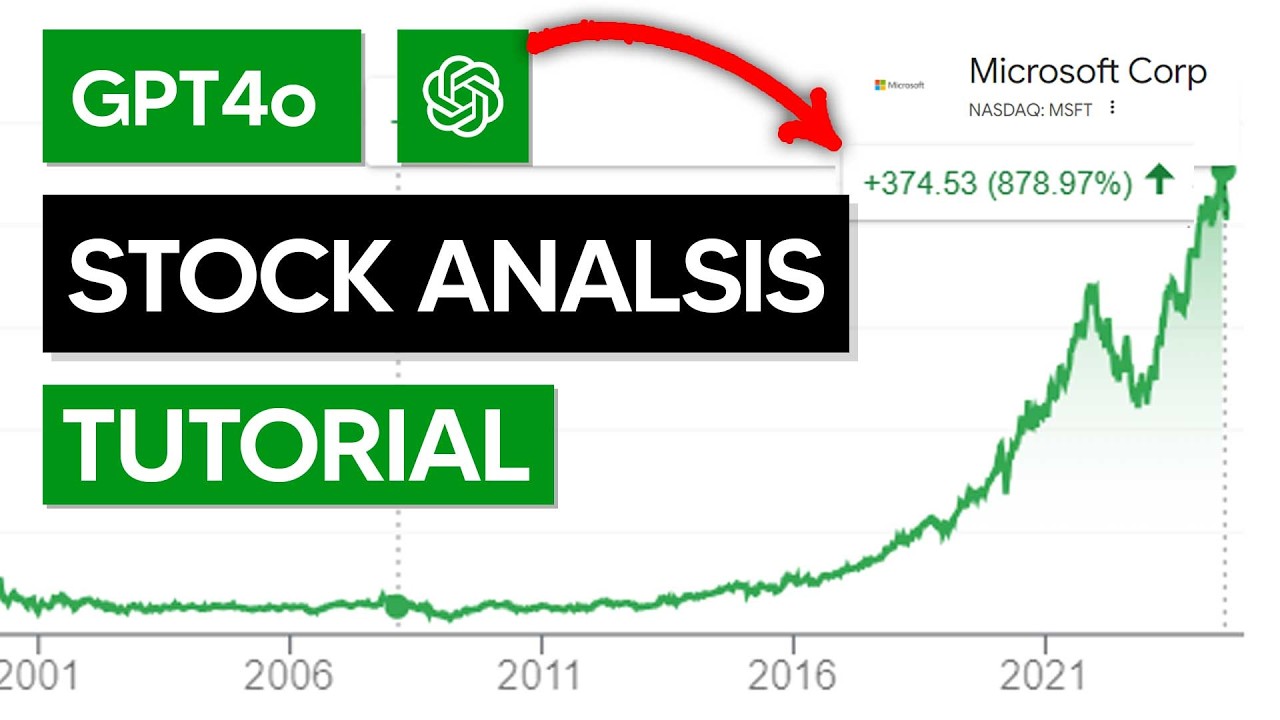Great Tips On Deciding On Stock Market News Websites
Great Tips On Deciding On Stock Market News Websites
Blog Article
Top 10 Tips To Assess The Risk Of OverOr Under-Fitting An Ai Stock Trading Predictor
AI stock models can be prone to overfitting or underestimating, which compromises their accuracy and generalizability. Here are 10 tips to identify and minimize these risks when using an AI model for stock trading:
1. Examine model performance using in-Sample vs. Out-of-Sample data
Why: A high in-sample accuracy and poor out-of sample performance may indicate overfitting.
How to: Verify that the model's performance is stable with in-sample data (training) as well as out-of-sample (testing or validating) data. If performance significantly drops outside of the sample, there is a chance that overfitting has occurred.
2. Verify cross-validation usage
Why? Cross-validation ensures that the model will be able to grow when it is trained and tested on multiple kinds of data.
Make sure the model has k-fold cross-validation or rolling cross-validation particularly for time series data. This will give you a better idea of how the model will perform in real-world scenarios and show any tendencies to over- or under-fit.
3. Analyze Model Complexity in Relation to Dataset Size
Complex models that are applied to small data sets can easily be memorized patterns and result in overfitting.
How? Compare how many parameters the model has in relation to the size of the dataset. Simpler (e.g. linear or tree-based) models are usually better for small data sets. However, more complex models (e.g. neural networks deep) require large amounts of data to prevent overfitting.
4. Examine Regularization Techniques
Why: Regularization, e.g. Dropout (L1, L2, L3) reduces overfitting by penalizing complex models.
What should you do: Ensure that the method used to regularize is compatible with the structure of your model. Regularization can aid in constraining the model by reducing noise sensitivity and increasing generalizability.
Review the Engineering Methods and feature selection
Reason: The model might be more effective at identifying signals than noise when it is not equipped with irrelevant or excessive features.
How: Review the selection of features to make sure only features that are relevant are included. Principal component analysis (PCA) as well as other methods for reduction of dimension could be employed to eliminate unnecessary features from the model.
6. Find techniques for simplification, such as pruning in tree-based models
Reason: Tree-based models like decision trees, can overfit if they are too deep.
How: Confirm that the model is using pruning, or any other method to reduce its structure. Pruning allows you to eliminate branches that produce noise rather than patterns of interest.
7. Model Response to Noise
Why: Overfit model are very sensitive to small fluctuations and noise.
What can you do? Try adding tiny amounts of random noise in the input data. Examine if this alters the model's prediction. Overfitted models may react unpredictably to tiny amounts of noise however, robust models are able to handle the noise with minimal impact.
8. Model Generalization Error
The reason: Generalization error is a reflection of how well the model predicts on untested, new data.
Find out the distinction between testing and training mistakes. An overfitting result is a sign of. But both high testing and test results suggest underfitting. Find a balance in which both errors are low, and have similar value.
9. Find out the learning curve of your model
Why: Learning curves reveal the relationship between the size of the training set and performance of the model, suggesting either underfitting or overfitting.
How do you plot the curve of learning (training error and validation errors in relation to. size of training data). In overfitting, the training error is lower while validation error is high. Underfitting is prone to errors both in validation and training. Ideally, the curve should show both errors decreasing and converging with more data.
10. Examine the stability of performance in various market conditions
The reason: Models that are prone to overfitting might be successful only in certain market conditions, and fail in others.
How to: Test the model with information from a variety of market regimes. The model's performance that is stable indicates it is not suited to any particular market regime, but instead captures robust patterns.
Applying these techniques will help you evaluate and reduce the chance of overfitting and subfitting in an AI trading predictor. It will also ensure that its predictions in real-world trading scenarios are correct. See the top rated Nasdaq Composite stock index for site recommendations including ai share price, publicly traded ai companies, ai intelligence stocks, equity trading software, predict stock market, artificial intelligence stock price today, stock analysis websites, ai investment stocks, best site to analyse stocks, top ai companies to invest in and more.
10 Tips On How To Use An Ai Stock Trade Predictor To Evaluate The Nasdaq Compendium
When analysing the Nasdaq Composite Index, an AI stock predictor should take into account its unique features and components. The model should also be able to precisely analyze and predict its movements. Here are 10 suggestions on how to assess the Nasdaq using an AI trading predictor.
1. Know Index Composition
Why: The Nasdaq Composite comprises more than 3,000 stocks that are primarily in the technology, biotechnology, and internet sectors, making it different from other indices that are more diverse, such as the DJIA.
It is important to familiarize yourself with all the major companies that include Apple, Microsoft, Amazon and Microsoft. Knowing the impact they have on index movement can aid in helping AI models better predict overall movements.
2. Incorporate industry-specific factors
What's the reason? Nasdaq prices are heavily influenced by technology trends and industry-specific events.
How do you ensure that the AI model is based on relevant variables like the tech sector's performance, earnings reports, and trends in hardware and software industries. Sector analysis will improve the accuracy of the model.
3. Utilize tools for technical analysis
What are the benefits of technical indicators? They help capture market sentiment and price movement trends in an index that is highly volatile like the Nasdaq.
How: Use techniques of technical analysis like Bollinger bands or MACD to incorporate into your AI. These indicators aid in identifying the signals to buy and sell.
4. Monitor Economic Indicators Affecting Tech Stocks
Why? Economic factors, such as inflation, interest rates and work, could affect the Nasdaq and tech stocks.
How: Include macroeconomic indicators that relate to tech, like consumer spending, trends in tech investments and Federal Reserve policy. Understanding these connections can aid in improving the model.
5. Earnings reported: An Assessment of the Impact
The reason: Earnings announcements by the major Nasdaq stocks can trigger significant price movements and can affect index performances.
How: Ensure the model is tracking earnings calendars, and makes adjustments to predictions to the dates of release for earnings. Analyzing the historical responses of prices to earnings reports can increase the accuracy of predictions.
6. Technology Stocks The Sentiment Analysis
Why? Investor confidence has a huge influence on the price of stocks. This is especially relevant in the tech industry where the trends can be volatile.
How can you incorporate sentiment analysis from financial news as well as social media and analyst ratings into the AI model. Sentiment indicators are helpful for adding context and improving predictive capabilities.
7. Testing High Frequency Data Backtesting
Why: Nasdaq trading is known for its high volatility. It's therefore crucial to compare high-frequency data with forecasts.
How can you use high frequency data to test the AI model's predictions. It allows you to verify the its performance in different market conditions.
8. Test the Model's Performance in the event of Market Corrections
Why is this? The Nasdaq might be subject to abrupt corrections. It is crucial to know the model's performance when it is in a downturn.
Review the model's performance over time, especially during major market corrections or bearmarkets. Testing for stress reveals the model's resilience, and its capacity to mitigate losses during volatile times.
9. Examine Real-Time Execution Metrics
The reason: Efficacy in execution of trades is crucial to making profits. This is especially true in volatile indexes.
How to monitor in the execution in real-time, such as fill rates and slippage. Assess how well the model forecasts optimal entry and exit points for Nasdaq related trades, ensuring that the execution matches with predictions.
10. Review Model Validation Using Out-of-Sample Testing
Why? Out-of-sample tests help confirm that the model can be generalized well to brand new, untested data.
How to: Conduct rigorous tests using historical Nasdaq information that was not used in training. Compare the predicted performance with actual results to ensure accuracy and reliability.
Follow these tips to assess an AI that trades stocks' ability to understand and forecast the movement of the Nasdaq Composite Index. This will ensure that it remains relevant and up to date in dynamic market conditions. Have a look at the recommended Googl stock blog for blog tips including technical analysis, stock market and how to invest, ai stock predictor, ai stocks to invest in, stocks for ai companies, artificial intelligence stock picks, stocks for ai, ai and the stock market, ai stock companies, ai in trading stocks and more.